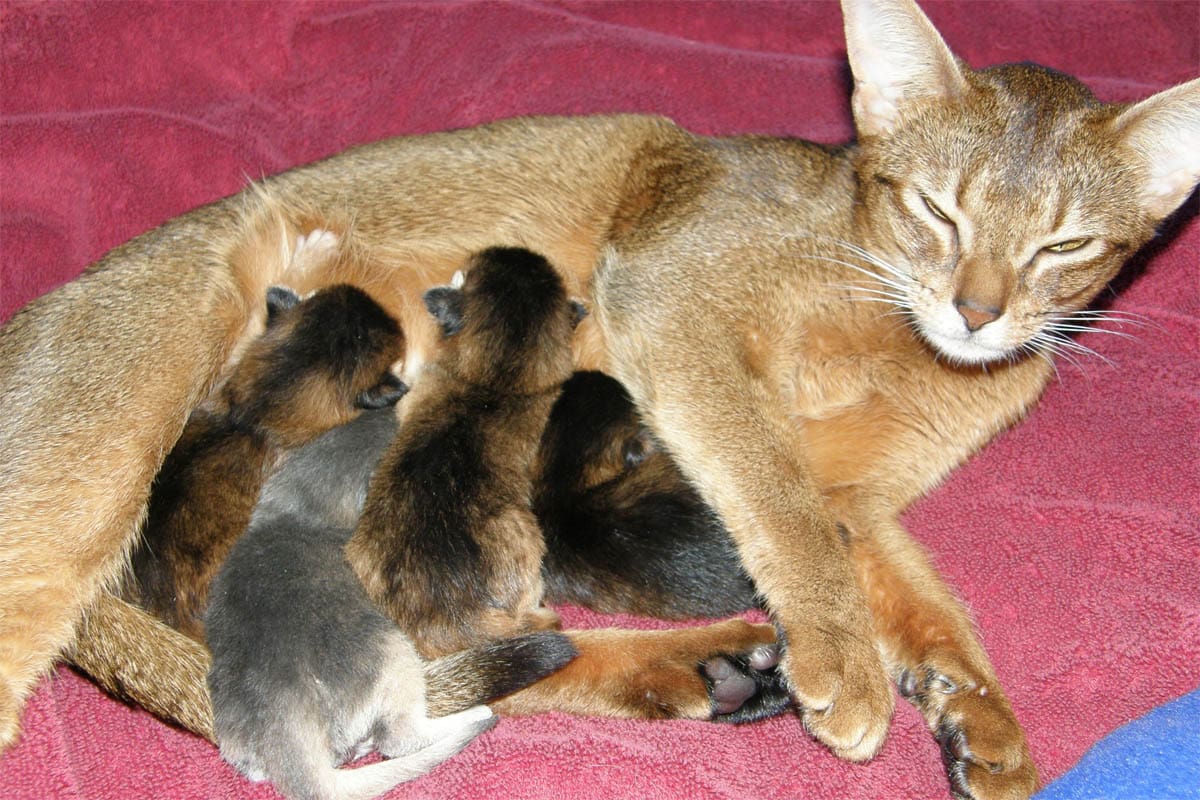About
Acute metritis is an inflammation of the lining of the uterus after a queen has given birth, which causes systemic illness. The most common cause is a bacterial infection, due to retained placentas or kittens, contamination of the birth canal during delivery (unsterile fingers or instruments), prolonged labour or unsanitary conditions during delivery. Left untreated, septicemia (bacterial infection of the blood) or toxemia can occur.
It is always prudent to have your veterinarian perform a complete physical check of your cat within a day or so of her giving birth to check for possible problems and a good idea to watch for fever in the queen after delivery.
Symptoms
Symptoms usually occur between 12 – 96 hours following birth. Acute metritis is a life-threatening medical condition and veterinary attention must be sought if you notice any of the following symptoms:
- Foul-smelling, dark discharge from the vagina
- Lethargy
- Depression
- Dehydration
- Vomiting
- Diarrhea
- Anorexia
- Fever
- Neglect of kittens.
Diagnosis
Your veterinarian will perform a physical examination of your cat and obtain a medical history. The fact that she has very recently given birth would certainly raise his suspicions of acute metritis.
Diagnostic workup:
- Complete blood count which will show an elevated level of white blood cells.
- X-ray to check for retained fetuses or placentas.
- Ultrasound to check for retained placentas or fetuses.
- Cytologic examination of the discharge and bacterial culture and sensitivity so that the appropriate antibiotic can be administered.
Treatment
- Broad-spectrum antibiotics to treat the underlying infection
- IV fluids to treat dehydration
- If necessary, evacuate the uterus of retained placenta, unborn kitten
- An ovariohysterectomy (removal of the uterus and ovaries) may be necessary

